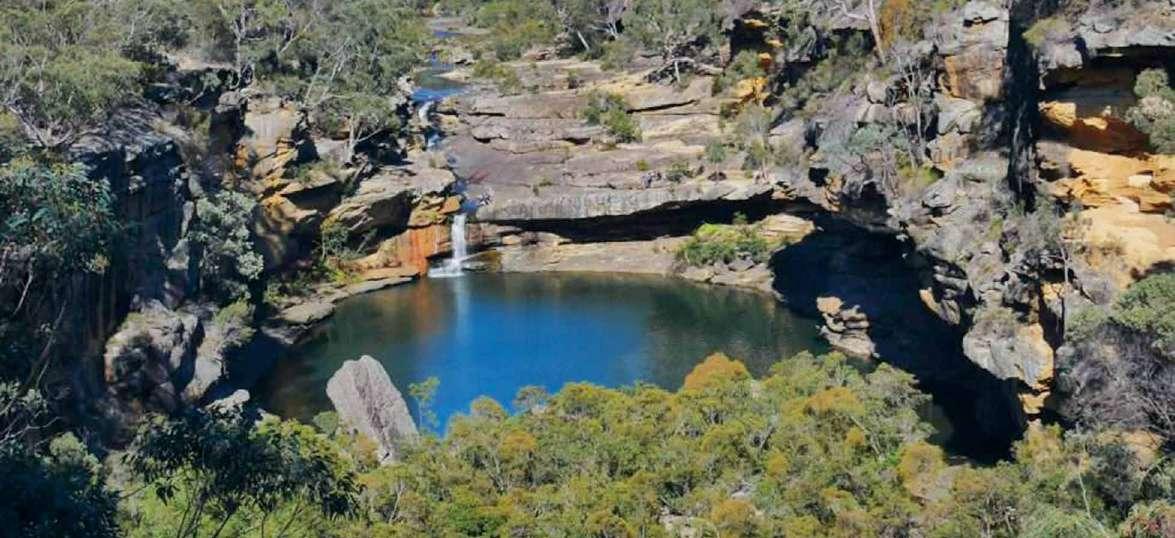
9 minute read
A DAM FINE DAY FOR A DAM FINE RIDE
WORDS AND IMAGES: BOB WOZGA
COME ANY WEEKEND AND you will see groups of riders or just those riding alone on the highways leading out of Sydney. It makes me wonder sometimes if they are going to the same place, stopping at the same cafes and service stations, having lunch in the same pubs seeing the same things over and over again. humans are creatures of habit, so it stands to reason that we tend to gravitate to the most comfortable and familiar. Sometimes you need to get away from the norm.
Just as any capital city in Australia, there are numerous roads around in and around the suburbs or on the fringes of capital cities that are just as interesting to discover as those heading way out of town and make a very good days ride. Some of these are off the main tourist maps, to a degree, that may not be such a bad thing.
These rides can be done on adventure or road bikes. Some rides might be cool to do on a vespa.
One such ride highlights some of Sydney’s history, it’s future planning and gives an insight to architectural design over the years. It also showcases marvelous roads to explore from expressways to avenues of trees and meandering single lanes leading to old stone walls.
On a crisp sunny morning with the urge to swing your leg over the saddle of your bike and visit new, follow the traffic south out of Sydney towards Wollongong. Just South of Waterfall, veer onto the
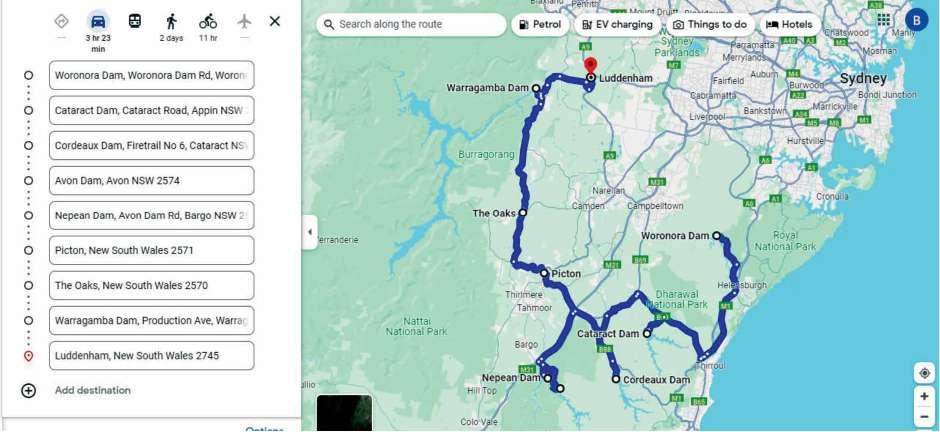
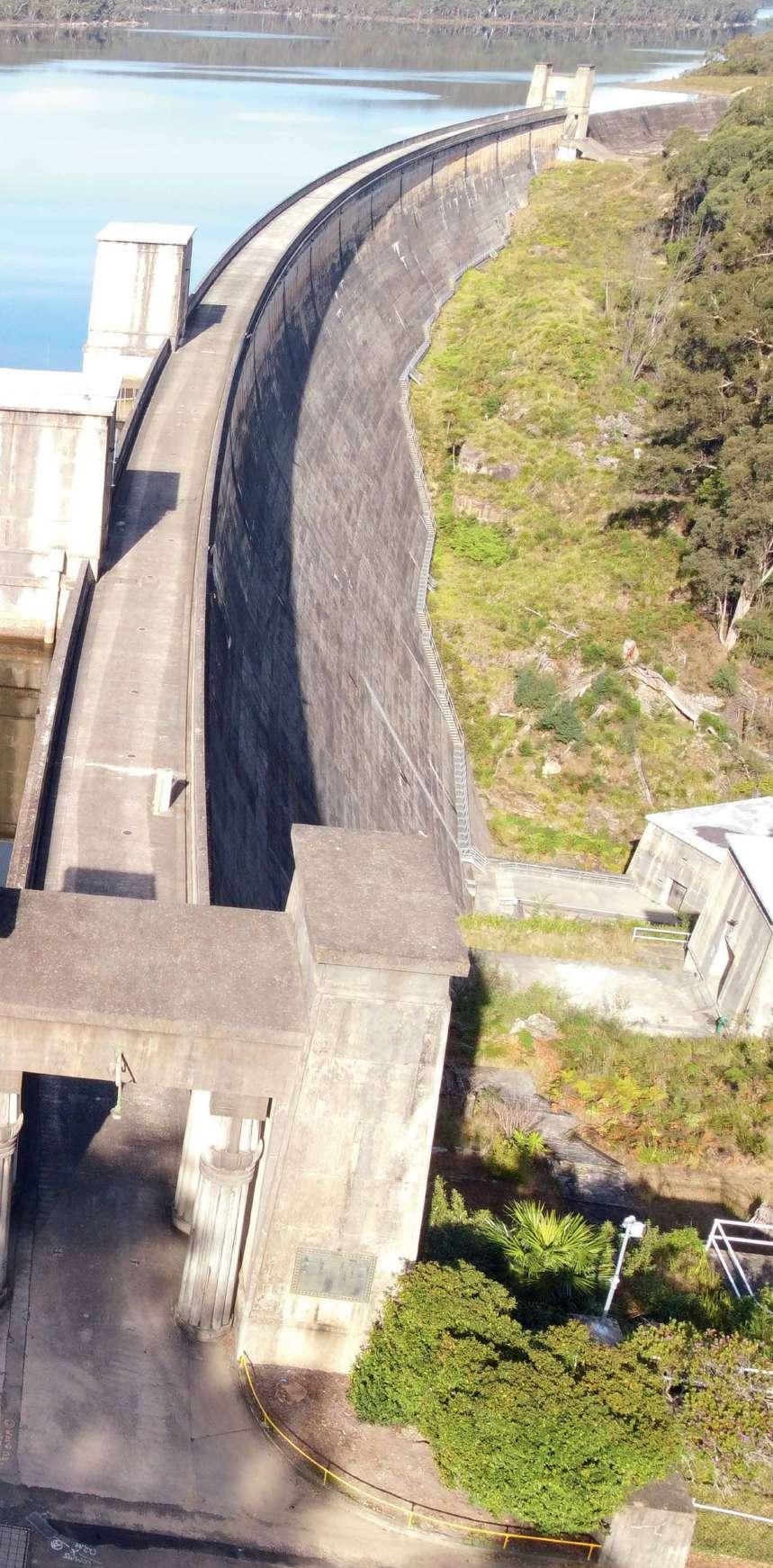
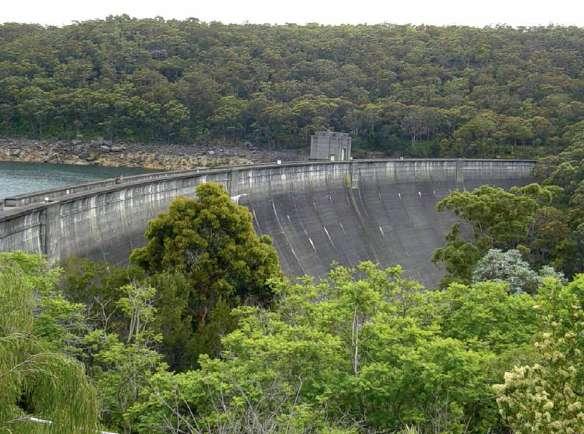
Princess Highway and turn right on the Woronora Dam Road. This is a pothole free concrete road that is cut through the open forest and woodland heath. It brings you to parklands and picnic areas with BBQ’s facilities. It was built between 1927 and 1947 to supply water for Wollongong and the Sutherland Shire. Being the drought-stricken nation we are, by 1852 with an increasing population, plans for a more permanent water supply were placed in motion. The dam’s construction began in 1927, however in 1930, the great depression halted construction. Work resumed four years later, and the dam was completed in 1941. After completion, the workers village was disbanded, and the site turned into gardens and picnic areas. As you walk around the grounds, you can still see remnants of the decorative gardens and a couple of the workers’ cottages still exist. A walk along the dam wall gives views of the lake on the west and a view of the gorge on the east.
As you leave Woronora Dam, head south and stop off at Sublime Point Lookout. The coffee shop may be closed, but the lookout gives an unbridled view of the Illawarra. This would be a perfect place to watch and photograph an approaching storm or a full moon rising over the ocean.
Take the Campbelltown turn off on the Princess Highway and head to Appin. Along the way, coffee caravans are parked in rest stops in case you need your morning fix. Take the exit to Cataract Dam.
Built between 1902 and 1907, this is the oldest of the four dams built in the Upper Nepean Scheme. It was the largest engineering project in Australia at the time and fourth largest project in the world. Inspired by castles and battlements on the dam wall, the weathered sandstone makes it the most picturesque of the four dams. I wonder how many people yelled out from the battlements in bad French accents “I fart in your general direction?”
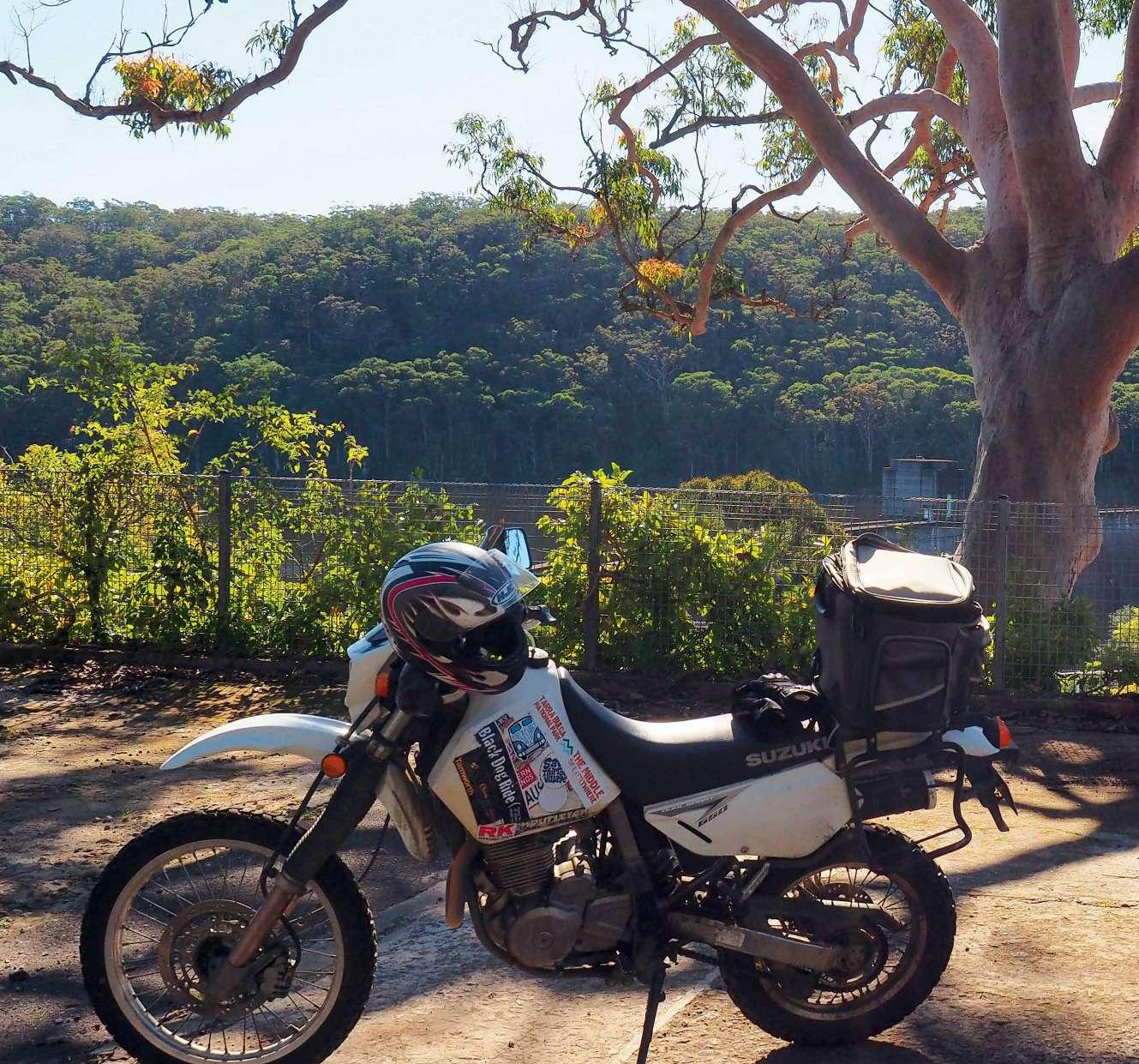
The architecture reflects 1900’s Australia and out links to England. The grounds have large picnic areas with paths passing by original builders’ cottages while walking to the dam wall.
Head west from Cataract Dam into Appin and turn left toward Broughton Pass. The road is closed to long vehicles and once you wind down to the crossing, you’ll understand why. The road is narrow and steep with nowhere to pull over. Once on the other side of the gorge, head to Cordeaux Dam. Turn left onto Picton Road and follow the signs.
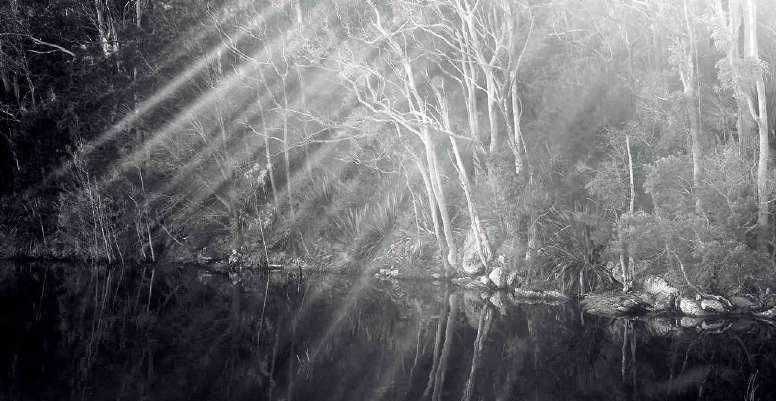

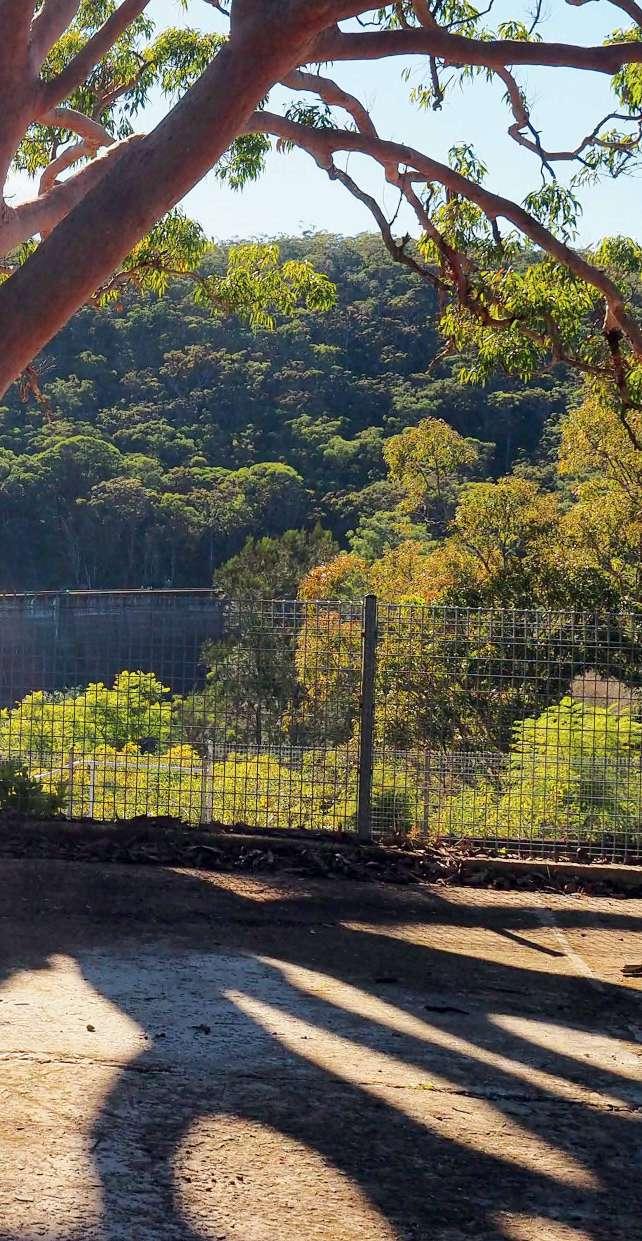


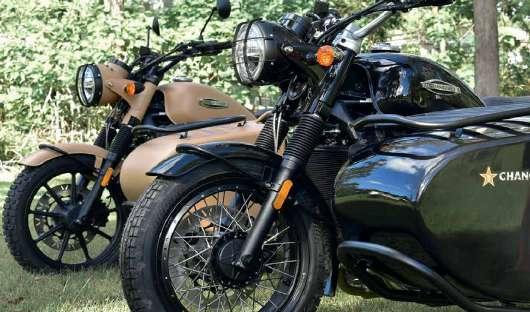
As you arrive at the dam wall, you are suddenly transported to 1900’s Egypt. Palm trees line the paths and giant stone gateways guard the entrance to the dam’s wall. Construction began in 1918 and was completed in 1926. The 1920’s was the era of Egyptian archaeology. Howard Carter and Lord Carnarvon had only recently discovered the tomb of Tutankhamun and the world was still abuzz. Reflecting the era and vogue of the 1920’s, Egyptology was at its height, and this also influenced the architecture of important buildings and monuments. The Australian soldiers had been stationed at Cairo prior to being sent to Gallipoli and were no doubt inspired by the temples they saw and brought back these memories and channeling those into things they designed and built. This is seen in the post and lintel constructions, massive walls, ornate columns, and flat roofs that we see on some of our dams built in this era.

A memorial plaque paying tribute to the then resident engineer Guy ChalmersClift is on the valve house. Clift and a local Constable, James Flyn were shot and killed while taking a suspect to Appin Police station after a bungled payroll robbery on 10 March 1924. William Simpson was later apprehended, charged with the two murders, and hanged at Long Bay Goal in December 1924. Men were tough in those days.
Ride to Wilton and turn left onto the expressway towards Bowral. Take the Bargo turn off, this will take you straight onto Avon Dam Road leading you to both Avon and Nepean Dams. Avon Dam was built between 1921 and 1927, it is the largest of the four dams build in the Upper Nepean Scheme to supply water for the Illawarra. Designed to look like an Egyptian oasis. Stone gateways at either end protect the dam wall. The roadway leading to the dam site was built by WW1 veteran’s staying at a nearby rehabilitation camp.
A short distance up the road is Nepean Dam. The last and smallest of the four dams in the area. As a contrast to changing times, Nepean dam has art deco style architecture which shows the change in trends of the time. Going from the ancient to modern. Geometric lines, smooth wall surfaces, set back front facades now typify the architecture of government buildings symbolizing the country’s progression.
Both dams have large picnic areas with electric BBQ’s and huts. The roads travelling to each dam wall are well maintained, narrow and you waltz your bike around the bends while eucalypt trees line one side of the road and sandstone walls line the other.
A tour of the dams would not be complete without visiting Warragamba Dam. When leaving Nepean Dam, cross the motorway and turn right onto Arina Rd. This will take you past farms and on a hot day, stop at Mermaid Pools and soak your feet in the Bargo River. Follow this till you meet the Old Hume Highway at Bargo. Follow the Old Hume Highway to Picton. Turn Left at the George Hotel (after you stop for a coke and lemonade after a rebel, patriot and some might say mercenary, and saved thousands of starving children during the Irish famine 1847 – 49). or two) and follow Barkers Lodge Road a few kilometres and turn right on to Montpellier Drive. Ride along the ridge line admiring the views of the valleys on either side. Ride through the Oakes and follow Silverdale Road past fields of sheep cattle and goats.The signs at Silverdale will show you the way to Warragamba Dam.
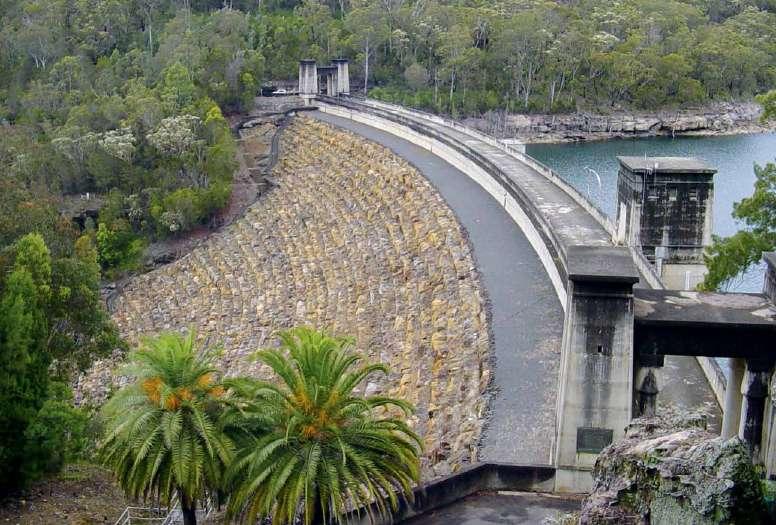
Once out of Warragamba, head down to Wallacia, through to Luddenham and work your way back home.
All the dams have very well-maintained picnic areas. If you want to throw a steak and sausages on a hot plate or boil water for a noodle cup there is plenty of space and amenities to cater for you. The roads are good enough for a motorcycle or a scooter. You don’t have to do all the dams in one day, take your time to do them at your leisure and admire the architecture and surrounds. Great pride was once taken by grounds staff at the dams with a trophy handed out for the best gardens and they were very popular. Remnants of these gardens are still visible. The trophy only stopped in the 1990’s.
Warragamba Dam is the last and largest dam built in the Sydney region. Initially suggested as a dam location in 1845 by Count Paul Strzelecki (Yep, the same Paul Strzelecki that surveyed the Snowy Mountains and named Mt Kosciuszko
After numerous droughts, the worst lasting eight years 1934 to 1942 a population explosion after the second world war and water restrictions, work commenced in 1948.
Although it was in the pipeline for 80 years, two world wars, a great depression and the completion of the Upper Nepean Dams deferred its construction. A major mid- century engineering feat, it took 1800 workers and 12 years to complete. There is a very informative centre and relics around the site to give you an understanding of what lays underneath and how we get clean water to our kitchen taps.
So, it does not matter if you go on your own, in a small group, maybe take an interstate or international mate for a day tour around the outskirts of Sydney. You will experience everything from suburbia, grass plains, forested roads, great lakes, and dam walls. Don’t forget the cheeseboard. Amm

